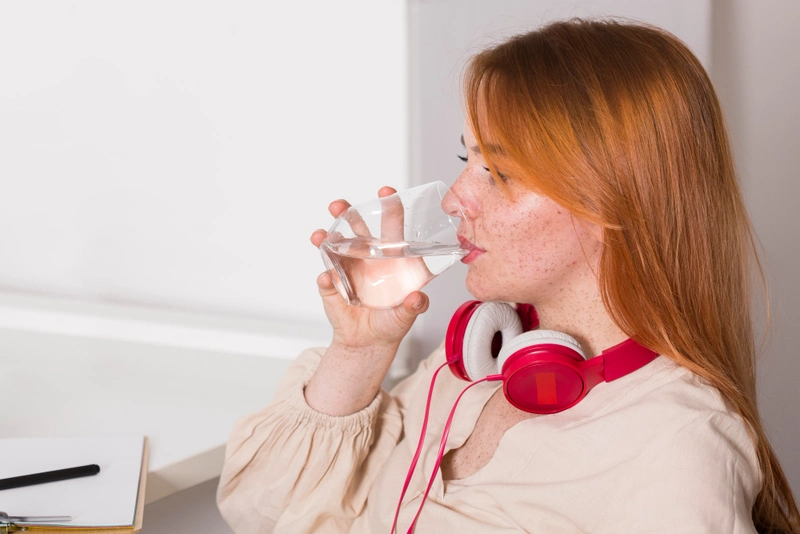- Published on: Apr 30, 2022
- 2 minute read
- By: Second Medic Expert
What Is PET Scan ?
A PET scan (positron emission tomography) is a type of imaging test that uses a radioactive tracer to look for changes in the function of cells and tissues. A tracer is a substance that is introduced into the body to make it easier to see certain areas or organs. The radioactive tracer used in PET scans emits positrons, which are tiny particles that collide with electrons in the body. This creates gamma rays that can be detected by a scanner and used to create images of the inside of the body. PET scans are often used to diagnose cancer because tumor cells typically have higher levels of activity than normal cells. They can also be used to check for treatment response, measure tumor size, and identify new tumors.
PET Scan is a nuclear medicine imaging test that uses a small amount of radioactive material, called a tracer, to look for disease in the body. A PET Scan can show how well organs and tissues are working. It can help find cancer, heart problems, and other diseases. A Positron Emission Tomography (PET) scan is a medical imaging test that helps physicians diagnose and treat diseases. PET scans use a small amount of radioactive material, called a tracer, to help physicians see how organs and tissues are functioning. The radioactive tracer is injected into the patient's body and travels to the organ or tissue being studied. Physicians can then see where the tracer collects on an image of the organ or tissue.
A PET scan is helpful in diagnosing cancer, heart disease, brain disorders, and other diseases. It can also help determine how well treatment is working. PET Scan is an acronym for Positron Emission Tomography. It's a type of medical imaging that uses a small amount of radioactive material to help diagnose and treat medical conditions. A PET scanner creates 3D images of the inside of the body. PET (positron emission tomography) scans use a small amount of radioactive material called a tracer to help doctors see certain areas of the body. The tracer is injected into a vein, and images are taken as it moves through the body.
PET scans are often used to find cancer because tumors absorb more of the radioactive material than normal tissue does. PET scans can also be used to measure blood flow, check how well drugs work, and see how active the brain is. A PET scan is a type of imaging test that uses radioactive tracers to look at the function and structure of organs and tissues in your body. A small amount of radioactive material is injected into your bloodstream and then scanned by a special camera. The camera creates pictures that show where the material has collected. This can help doctors see how well an organ is working or find tumors or other problems.
PET scan is short for positron emission tomography. It's a type of medical imaging that uses a radioactive tracer to look at organ function or tissue metabolism. The tracer is a small amount of radioactive material that's injected into the patient's bloodstream. It collects in organs and tissues, and a scanner detects the radiation emitted as it decays. This information is used to create cross-sectional images of the body that show how the organs and tissues are working. PET scans are most often used to detect cancer because tumors consume more energy than normal tissue and therefore have a higher metabolic rate. But they can also be used to evaluate other problems, such as heart disease, brain function, and joint damage.
PET scanning is a type of nuclear medicine imaging. A small amount of radioactive glucose (FDG) is injected into a vein and images are taken as the glucose moves through the body. Cancer cells use more energy than normal cells and therefore absorb more of the radioactive glucose. This allows tumors to be visualized on the scan. PET stands for Positron Emission Tomography. A PET scan is a medical imaging test that uses a radioactive tracer to look at organs and tissues inside the body. The tracer is injected into a vein, and images are taken as it moves through the body.
Our Services
Request A Callback
Recent Posts
How Much Water to Drink Before Blood Test
Aug 20,2025
Why Always Tired Even After Proper Sleep
Aug 19,2025
Difference between migraine and normal headache
Aug 18,2025
Habits That Silently Damage Your Liver
Aug 13,2025
How to Detect and Manage Early Diabetes at Home
Aug 12,2025










